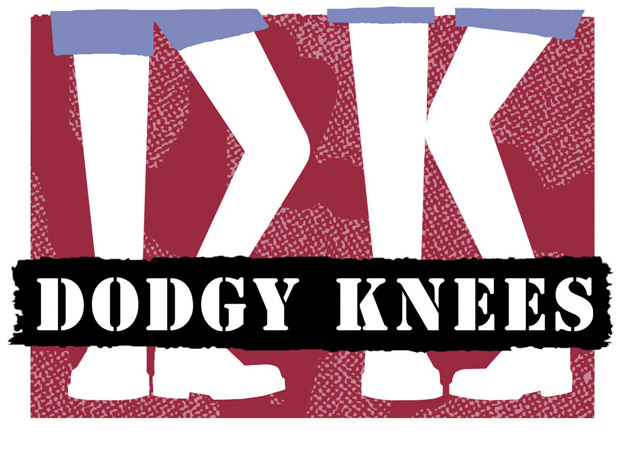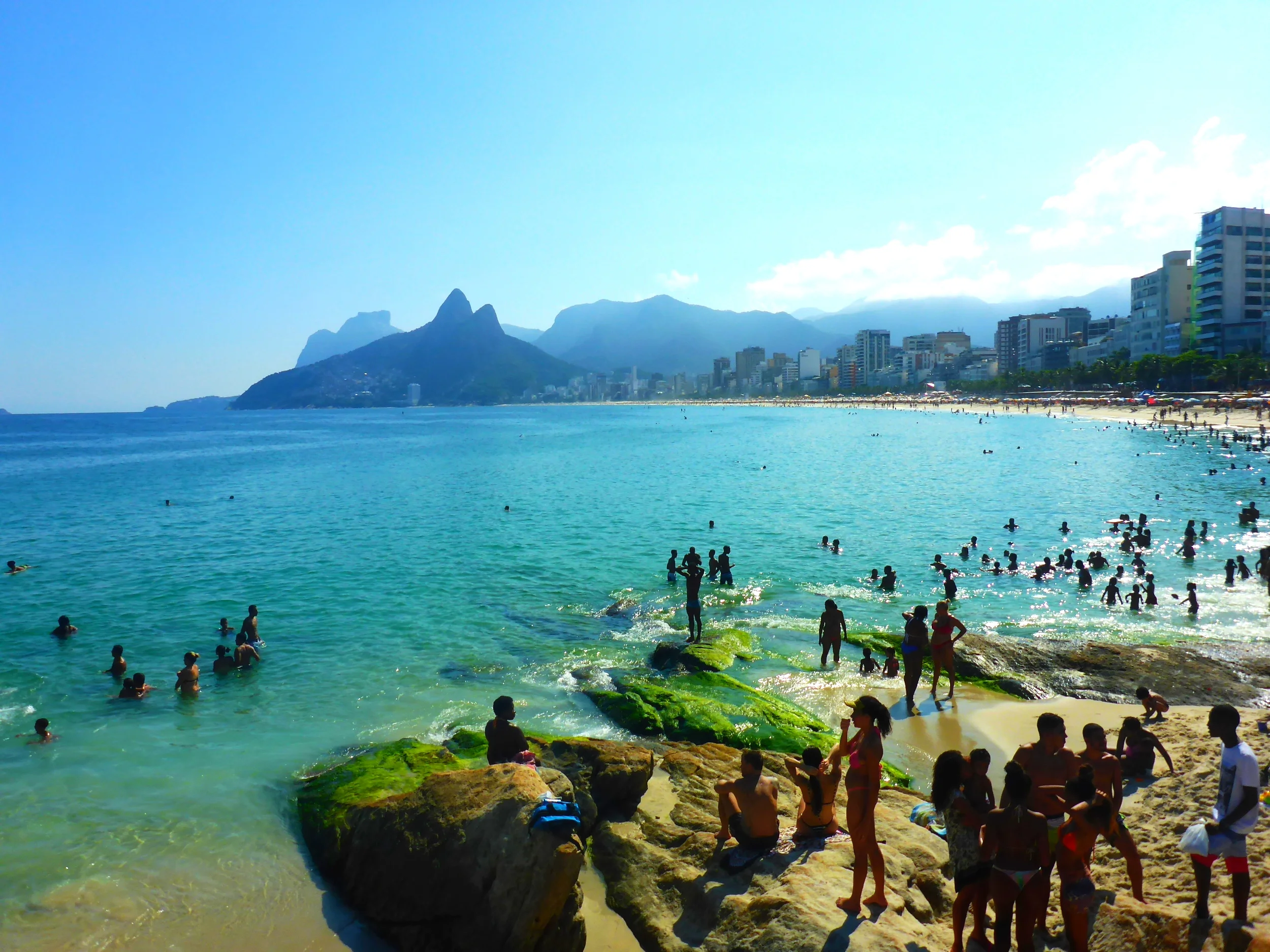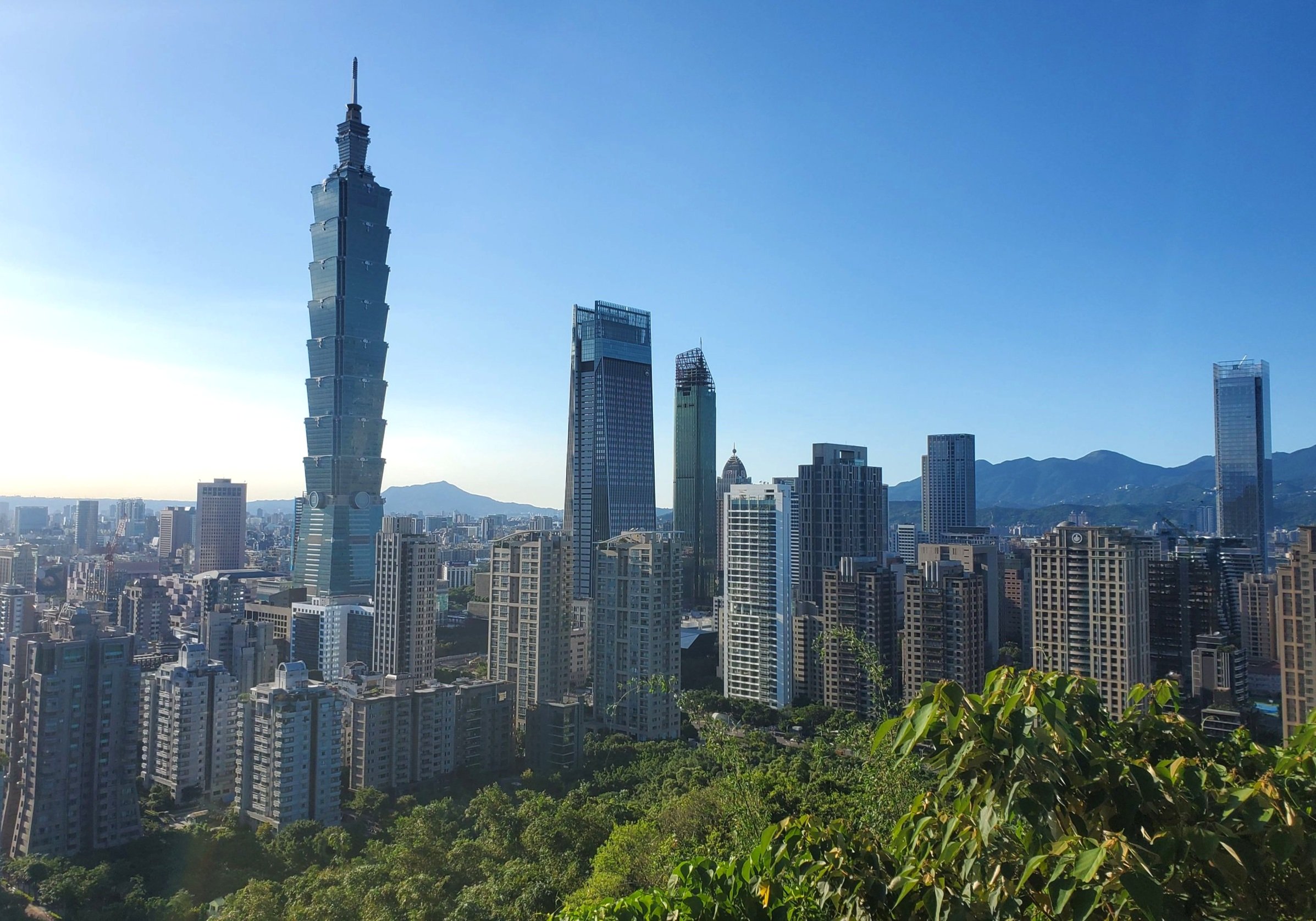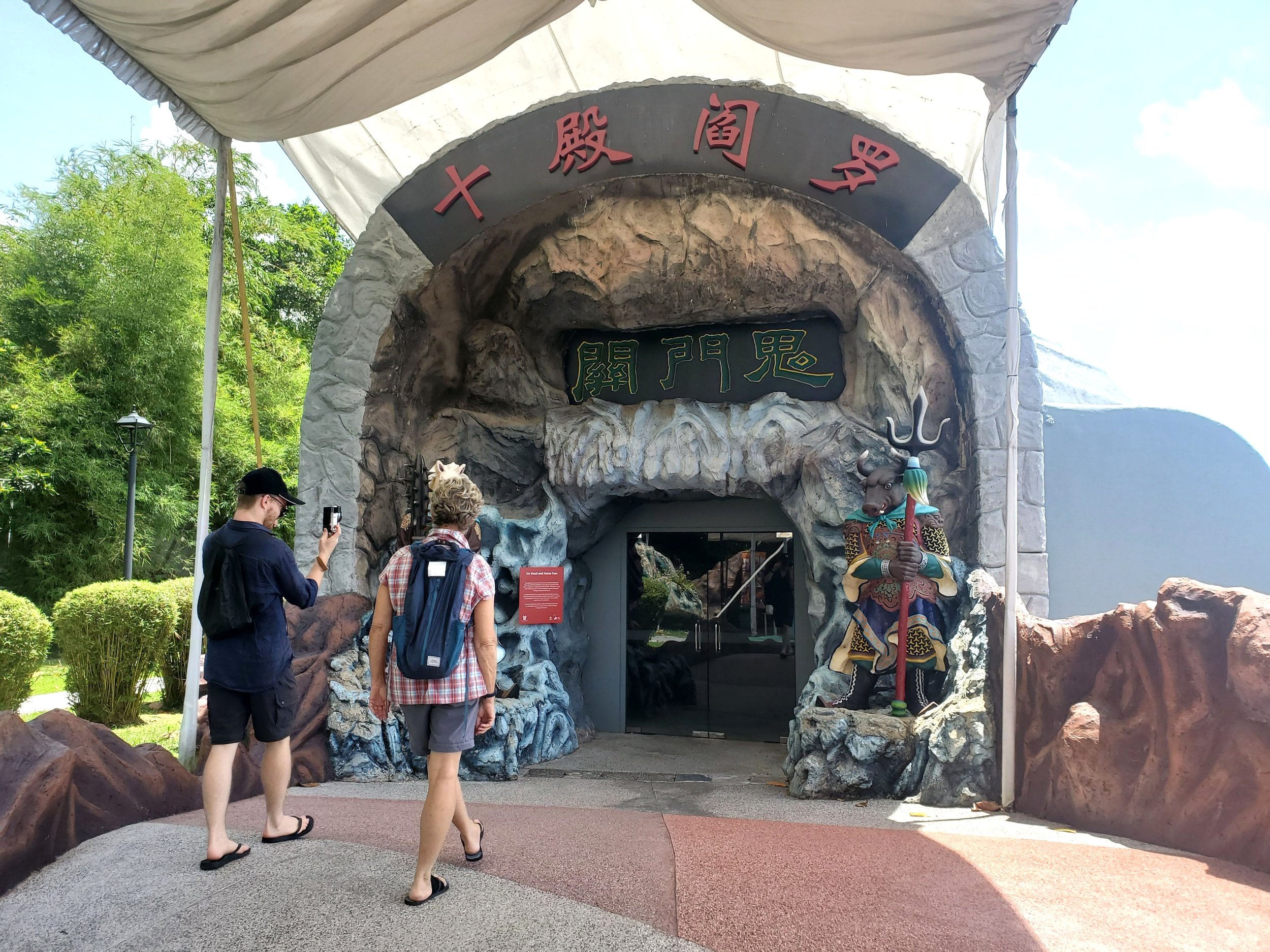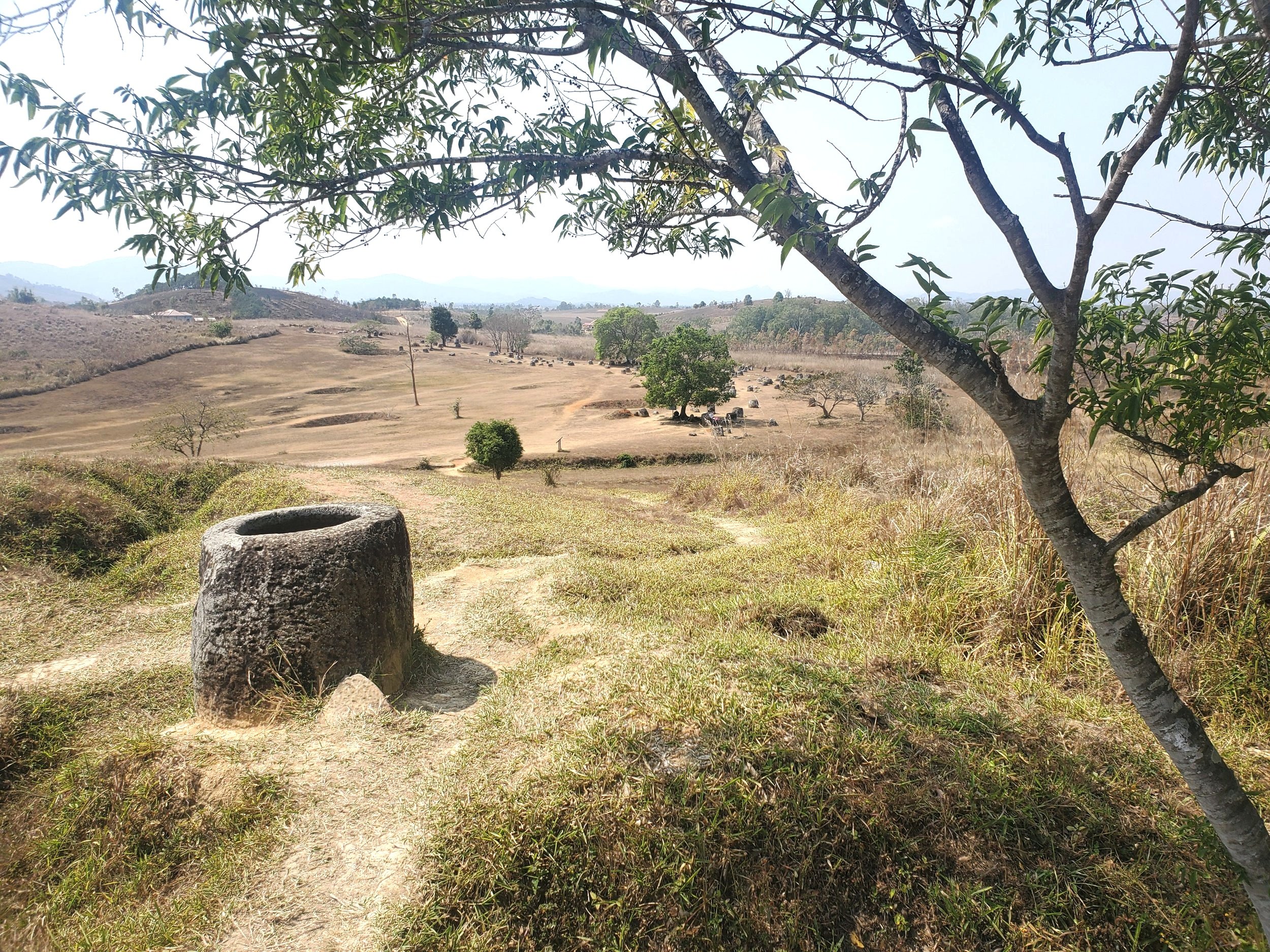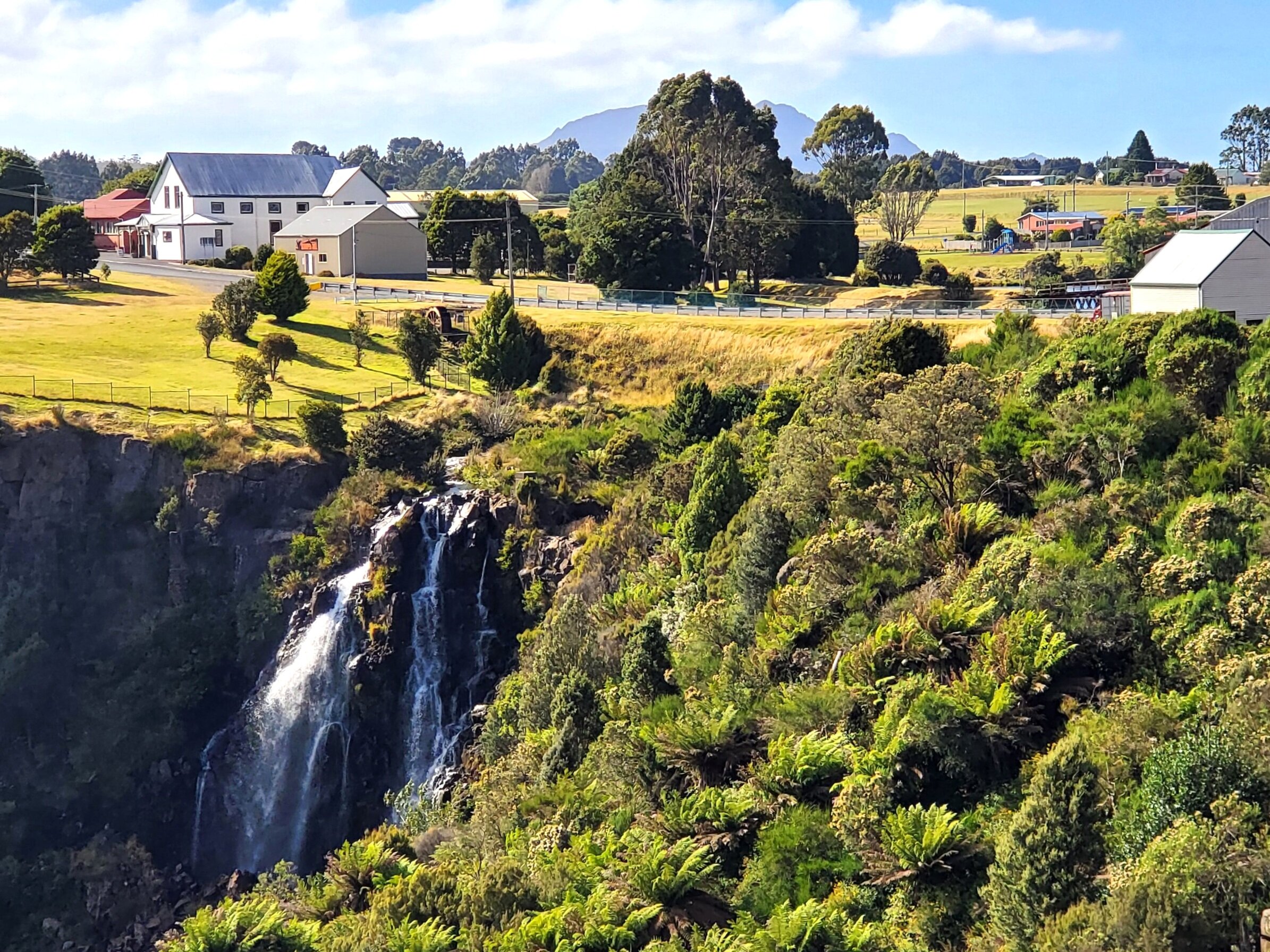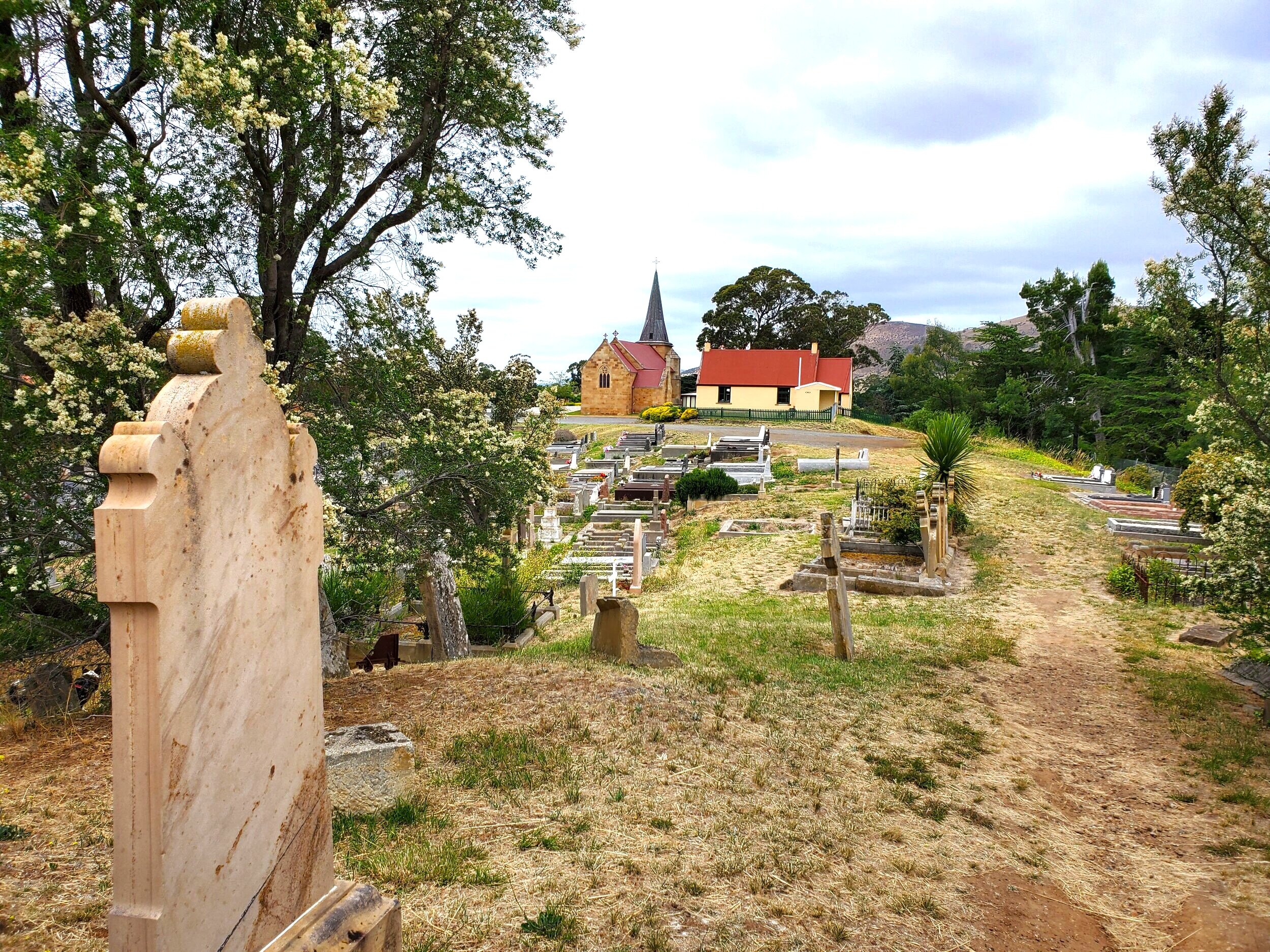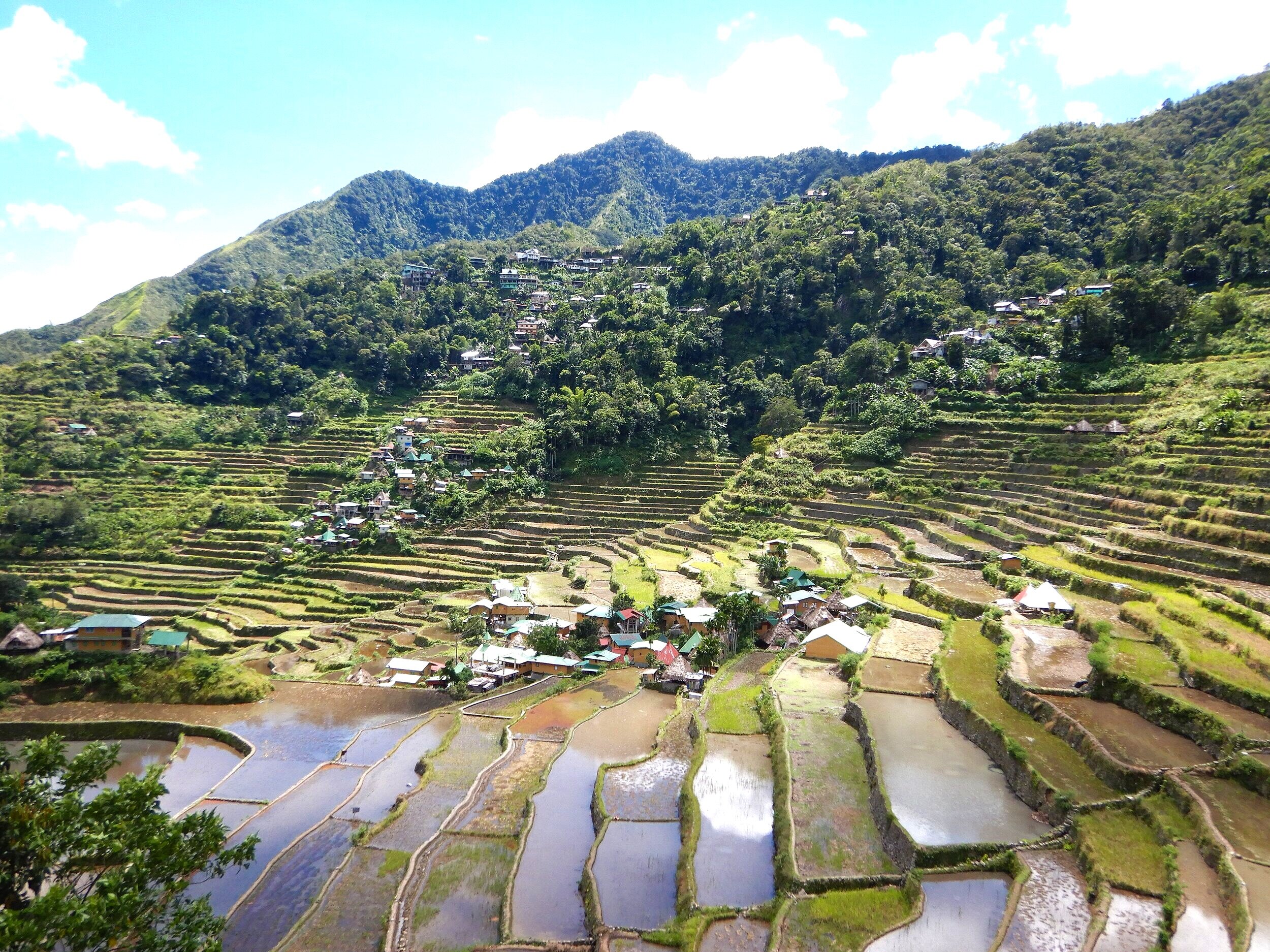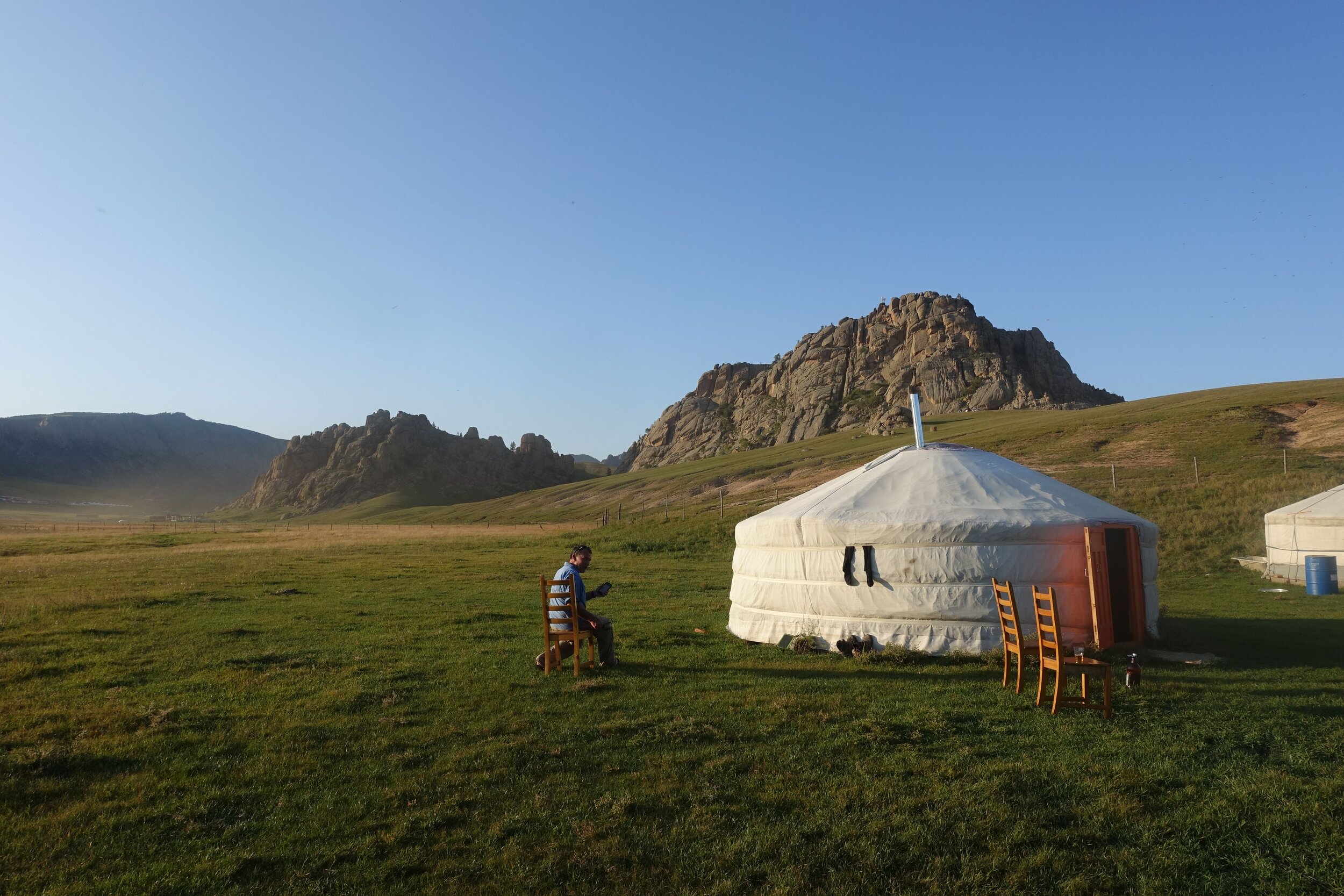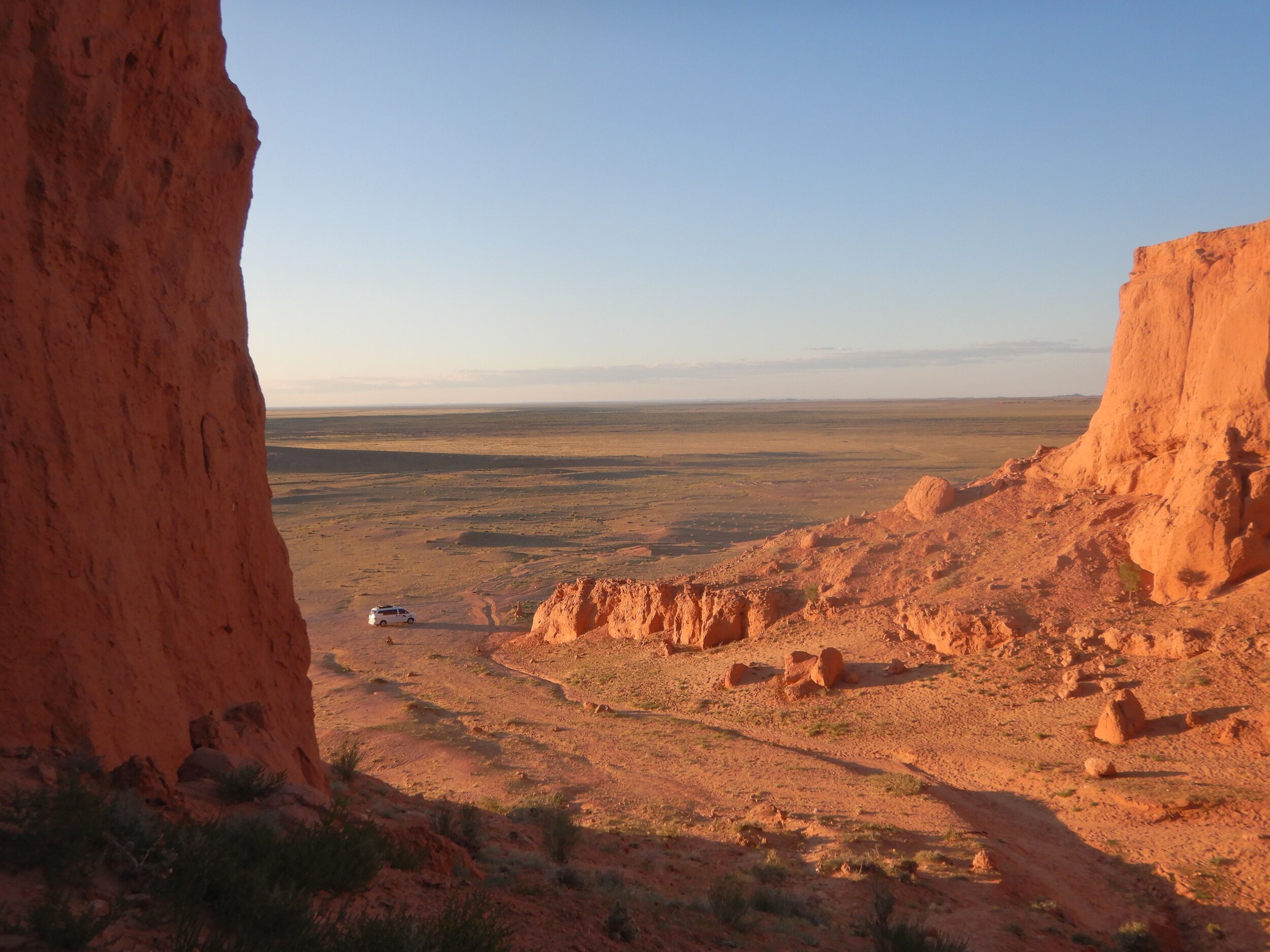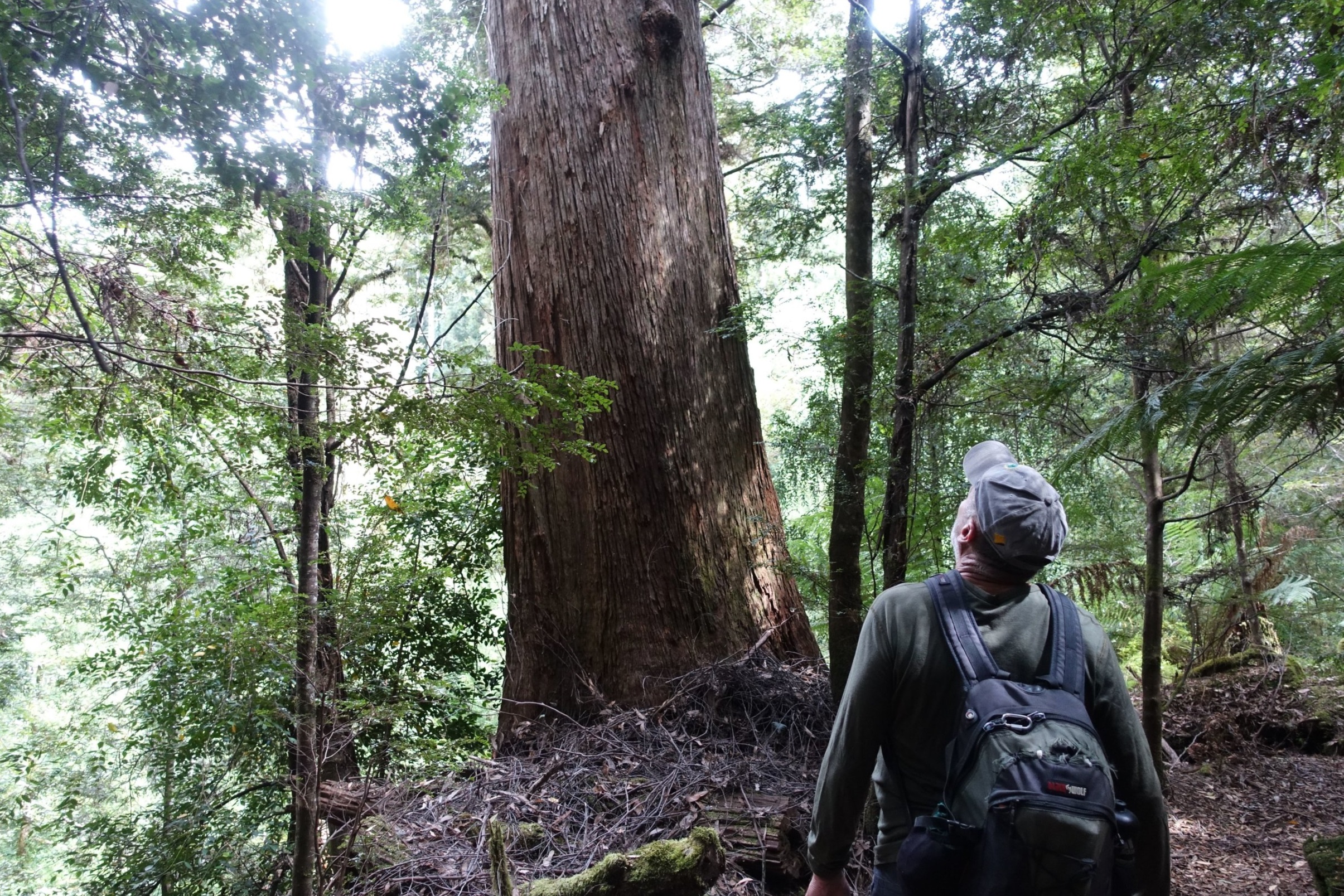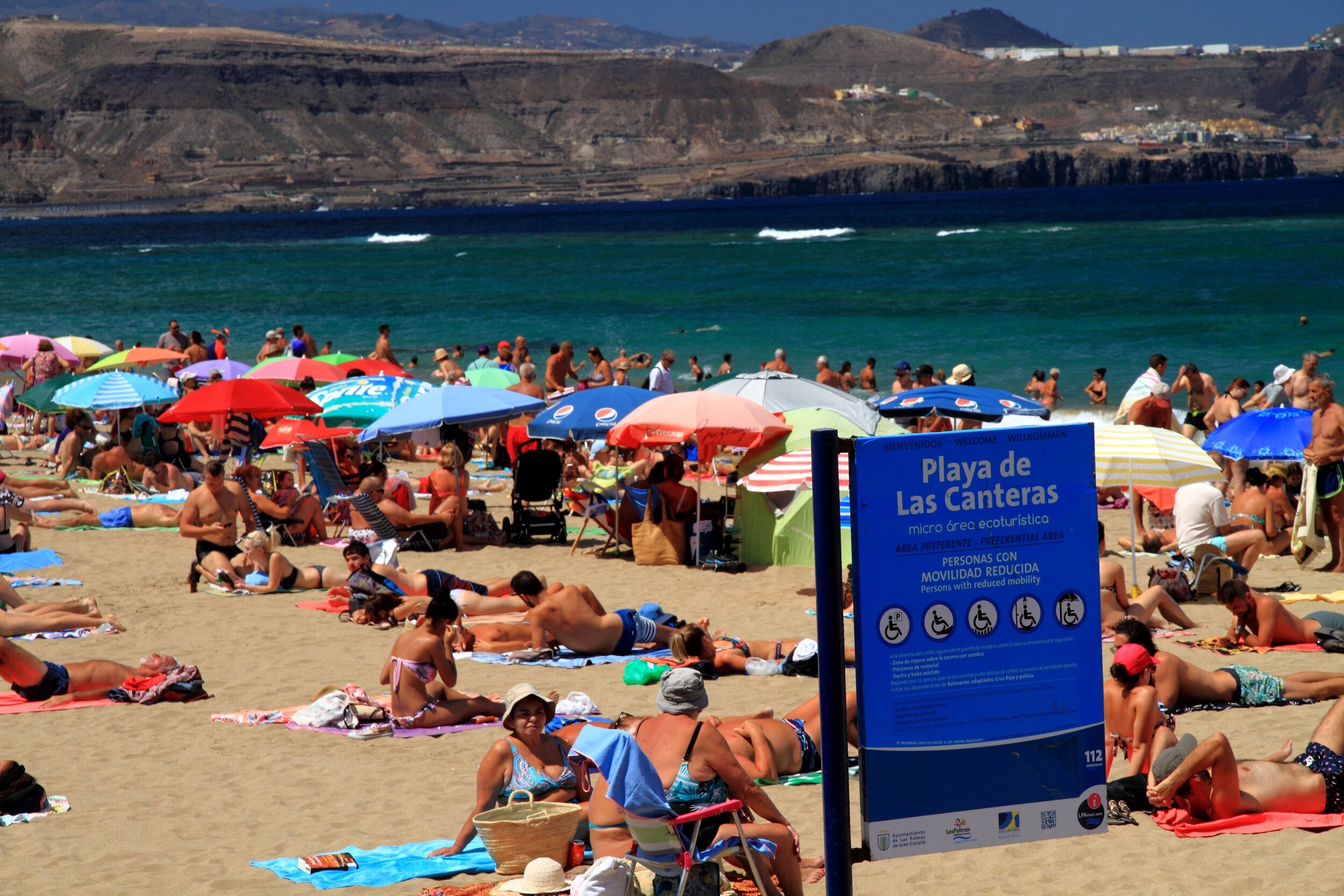Best of Brazil - Part 1
/Museu Oscar Niemeyer
Introduction
In March 2016 we spent a month in Brazil. A month is not a long time so we planned our visit carefully to maximise the experience.
In 2008 we had spent two months in South America with our sons Alex and Zac. That trip included Iguazu Falls, the Pantanal and Rio. We decided not to revisit the first two, but a few days in Rio was included in our plans.
Iguazu Falls (From our 2007/8 trip)
Here are the highlights of this, our second visit to Brazil.
Florianopolis and Ilha de Santa Catarina
Ilha Santa Catarina is a long island (it's around 50km in length but fairly narrow – 2 to 12 km wide) on the coast of South East Brazil. It's connected to the mainland by bridges and at that interface sits the city of Florianopolis (pop 420,000). Ilha de Santa Catarina is a popular holiday spot for Brazilians, Uruguayans and Argentinians, as well as the occasional extranero (foreigner) like us. With more than 40 beaches to choose from you have lots of options, ranging from crowded family oriented beaches to secluded ones with few people around.
ilha de santa Catarina - canasvieras
We decided to stay several days in the north and then a couple in the quieter south to get the contrast. First stop was Canasvieras with it's long stretch of beach and calm, protected waters. We had been warned by several Uruguayans that the week prior to Easter is “Semana de Turisma” the week of tourism, when the whole country goes on holidays. We thought it wise to leave Uruguay before then in case it was difficult to get transport, accommodation etc so we went to Brazil. But with Southern Brazil being within striking distance of virtually the whole of Uruguay we found ourselves in the company of hoards of Uruguayan holidaymakers in Canasvieras (the mate cups and thermoses on the beach are a give away).
the beach at canasvieras - a less busy period
The beach was a hive of activity with hawkers selling an abundance of things: fresh corn cobs, roast pork rolls, or cashews if you were peckish. Thirsty? Fancy a softdrink or maybe something stronger – what about a caipirinha (cocktail made with sugarcane juice rum – cachaca)? Tired of that bikini you're wearing – then here comes the bikini seller and you can get some new sunnies to go with it; and to cap it all off you'll need that selfie stick seller to stop by so you can get that perfect holiday selfie. It was all there and more.
let's go shopping - no need to leave the beach
The most interesting and impressive “and more” was undoubtedly the armada of “pirate ships” cruising up and down the coast – I think we counted 7. Each morning throngs of keen buccaneers would respond to the calls from the piraty spruikers and line up lemming like ready for their faux pirate adventure. We can't say exactly what happens on board, as we didn't partake, but it sounded like a raucous but jolly time was had by all for a couple of hours.
a-ha me buckos
A couple of practical tips: We bussed to Florianopolis from Porto Alegre having previously bussed there from Chui on the Brazil/Uruguay border. The buses were cheap and comfortable. Security was taken seriously with someone checking that the identity on the ticket matched another form of ID. They also issued tickets with your baggage which we found reassuring. The bus stations in both these cities were modern and well organised.
sun, beach, pirate ships - what more could you want?
To get from Florianopolis to anywhere on the island by public bus is convoluted. There are 3 different bus stations in different locations which service the north, centre and south of the island. And to get to the relevant bus station for your destination you need to catch a bus from the local bus station which is down the road (but not inside) the long distance bus station. All too much for us so we caught a taxi. It costs around 90 to 100 reals ($AUS30/$US 24) to get to Canasvieras. Well worth it and it saved us a ton of grief.
doing it tough- the hotel pool as viewed from our balcony
After a few days enjoying the sun, sand and beach action we taxied to the southern end of the island to Pantano do Sul. This was nearly 50km but cost us around the same 100 reals as our earlier ride.
the eastern end of the beach at pantano do sul
The village of Pantano do Sul is quieter and much smaller than Canasvieras, which was a nice contrast. Not a single pirate ship to be seen, but some good restaurants/bars right on the beach, as was our guesthouse.
the walk from our guesthouse to the beach - not far
western end of the beach, pantano do sul
The beach is several kms long and has more surf at the western end. The village is at the eastern end.
After a couple of enjoyable days we headed back to Floripa (as the locals call it), yes by taxi (only around R70 this time) ready to bus to our next stop: Curitiba around 4-5 hours by bus to the north.
a bit of rain on the last day
Curitiba
Curitiba (1.7mil people and pronounced Curi-cheeba) is not a place you hear much about in Australia. But a couple of years ago we'd seen a documentary on television about it: how it had been leading the country in environmental protection and other innovative practices in order to make itself as liveable as possible for its citizens, and it had been doing this since the 70's. We thought it would be worth a visit. We weren't disappointed. We had 3 nights in Curitiba and wished we'd had a lot more.
centro historico
There is a walkable Centro Historico, which is where we stayed. This part of the city has impressive churches and other colonial buildings as well as Brazil's first pedestrian street – Rua Das Flores.
rua das flores
lots of colonial architecture in the centre
After a morning exploring the Centro Historico we decided to jump on the Linha Turismo, a double decker tourist bus that does a two and a half hour, 44 km circuit of the city and it's outlying attractions every half hour. We normally avoid these types of buses as they are expensive and public transport is often just as easy, but in this case it was only R40 ($AUS15/$US11) and you can get off/on at 4 stops on the route.
teatro paici - one of the many sights on the linha turisma
It was excellent. We wished we'd had more time to get off at places such as the botanical gardens, a host of impressive large parks (such as Parque Tingui and Parque Tangua) as well as a stop where a lot of people got off that seemed to be offering amazing chocolate sensations. As it was, we just got off once at the Museu Oscar Niemeyer.
museu Oscar neimeyer
Oscar Niemeyer is a famous Brazilian architect who I remember learning about in high school art history classes so I was keen to visit. The museu was designed by Oscar and it is essentially an art gallery and exhibition space.
makes you think - doesn't it
You also get some good views of the city on the tourist bus as Curitiba is a fairly hilly place.
view back to the city from the bus
If Curitiba is known as a tourist destination it is for the Serra Verde Express, the train trip that wends from 900m plus high Curitiba to sea level and the town of Morretes each day.
serra verde express
We'd done a bit of research on this before booking and decided to go with an organised tour option. This worked out slightly cheaper than if we'd just booked a return train ticket with the train company and included a host of extras.
leaving curitiba on the serra verde - these unusual pines are common in southern brazil
The train was due to leave at 8.15am and our tour company (Julytur – recommended by our hotel) picked us up around 7.15. The train left on the dot of 8.15 and initially passes through the city's outer suburbs before the setting starts to green up, eventually turning into thick jungle. A chap with a microphone provided commentary in Portuguese which wasn't really necessary, though we knew enough to understand when he said ''look left now'' or ''look right''.
look right!
We were provided with a drink and snack on board, but most of the interest was outside the train looking at the dramatic forest covered mountains and occasional stream or lake as we descended.
In all the train trip lasted three and a half hours.
Upon arrival in Morretes the various tour companies rounded up their charges and off we all went for a slap up lunch.
coming into morretes
the river at morretes
The main was a local beef, manioc flour and banana dish – very nice. There was also prawn and fish dishes and a number of other extras. All this (apart from drinks and dessert) were included in our 'tour'.
coast at antonina
One of the reasons we took this tour option was because it involved going back to Curitiba by road on a different route to the train, stopping a couple of times. The stops were at the old port town of Antonina and a mirante (viewing point) high in the hills as we ascended back towards Curitiba.
at antonina
We were dropped back at our hotel at around 5.00pm. All in all an excellent day.
Minas Gerais
The Brazilian state of Minas Gerais lies between Belo Horizonte (Brazil's third largest city and the state's capital) and Rio de Janiero (second biggest city). It is one of Brazil's most historically significant regions. Gold was discovered there in 1693 and this was followed by gem and diamond finds. The wealth of the region was also built on the backs of slaves brought from Africa.
ouro preto
It's colonial legacy is still very accessible through towns such as Ouro Preto and Tiradentes. Some of Brazil's most impressive artworks are to be found in the region, particulalrly in it's historical churches. Minas Gerais also has it's own strong culinary traditions and some renowned dining.
dining out in tiradentes
We decided that we wanted to visit a number of it's towns and sights, but to do so by public transport was going to be slow, so we hired a car for 4 days. It turned out to be a great trip and worthy of a separate blog post. Click here if you'd like to read about our roadtrip through the region.
Next Stop : Rio and Part 2 of Best of Brazil.
cristo
